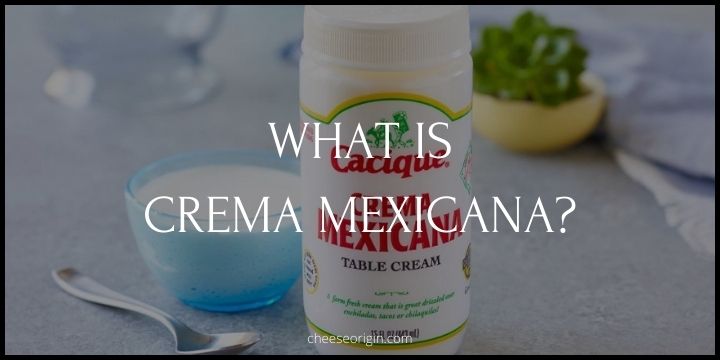Why is Butter Yellow? (SIMPLIFIED)

The yellow color of butter is primarily due to the presence of carotenoids, organic pigments that are found in the milk fat of cows.
Carotenoids are fat-soluble compounds that range in color from yellow to red. The specific carotenoids that contribute to the yellow color of butter include beta-carotene and xanthophylls.
Chemical Composition and Molecular Structure
Butter is an emulsion of water in fat, consisting of about 80% fat, 15-18% water, and 2-3% milk solids. The fat in butter is primarily in the form of triglycerides, which are molecules composed of a glycerol backbone attached to three fatty acid chains.
These fatty acids vary in length and degree of saturation, contributing to the texture and melting point of the butter.
Carotenoids, the compounds responsible for the yellow color, are tetraterpenoids, meaning they have a molecular structure composed of eight isoprene units.
Beta-carotene, for example, has a long, symmetrical structure with alternating single and double bonds, which allows it to absorb light in the visible spectrum and appear colored.
Chemical Reactions and External Factors
The color of butter can be affected by various factors, including the cow’s diet, breed, and the time of year. Cows that graze on fresh pasture have higher levels of carotenoids in their milk, resulting in a yellower butter.
Butter can also become lighter or darker due to oxidation or exposure to light, heat, and air. Over time, these factors can cause the carotenoids to degrade and the butter to become rancid.
Nutritional Value and Use in Food Preparation
The presence of carotenoids in butter not only contributes to its color but also its nutritional value. Beta-carotene is a precursor to vitamin A, an essential nutrient for eye health, immune function, and cell growth. Therefore, the yellower the butter, the more vitamin A it potentially contains.
In terms of food preparation and industry, the color of butter can impact consumer perception and preference.
Many people associate a deeper yellow color with higher quality or more natural products. Additionally, the melting point of butter, which is affected by the length and saturation of its fatty acid chains, is critical in baking and cooking applications.
To conclude, the yellow color of butter is a multifaceted phenomenon that involves complex chemical compounds, biological factors, and external influences.
Why is Summer Butter Darker than the Rest of the Year?
The color of butter changes throughout the year due to the diet of the cows producing the milk from which it’s made. In the summer months, cows are typically grazing on fresh pasture, which is high in carotene and chlorophyll—pigments that give plants their green color.
These pigments are fat-soluble and thus find their way into the milk, and subsequently, the butter, resulting in a darker or more yellow color.
Carotene is an orange pigment, while chlorophyll is green. When present in the milk fat, they can give it a yellowish color.
However, the exact shade can depend on the specific types and amounts of grasses the cows are eating, as well as other factors like breed and individual metabolism.
In contrast, during the colder months, cows are often fed a diet that’s lower in fresh vegetation and higher in grains, silage, or hay.
These feeds contain less carotene and chlorophyll, so the resulting butter is paler or sometimes even white.
So, the color of butter can serve as an indicator of the cows’ diet at the time the milk was produced.
Some people believe that butter produced from grass-fed cows is not only more appealing in color but also superior in flavor and nutritional content, including higher levels of omega-3 fatty acids and vitamins.
Articles You Might Be Interested In:





